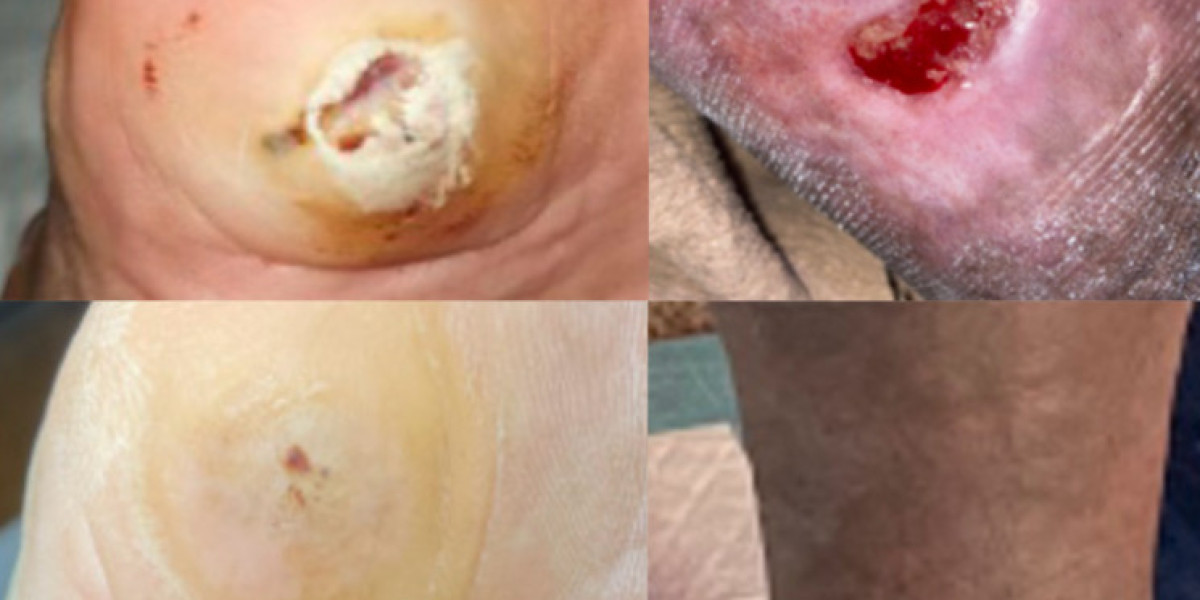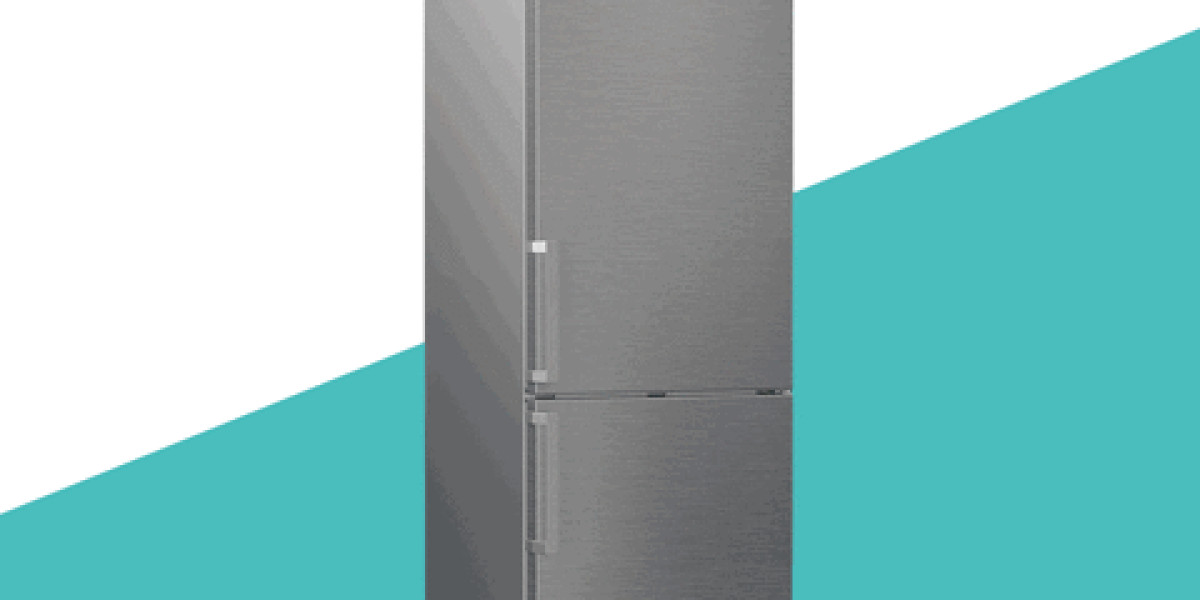In regenerative medicine, amniotic membrane products have earned a strong reputation for their healing potential. Sourced from the innermost layer of the placenta, these biological materials are rich in growth factors, cytokines, and anti-inflammatory proteins. They are widely used in wound care, surgical recovery, and ophthalmology. However, not all amniotic products are created equal. Recent innovations in dual-layer membrane design are setting a new standard for therapeutic effectiveness.
By incorporating both the amnion and chorion layers of the placental membrane, dual-layer structures offer improved strength, biological activity, and durability. This article explores how dual-layer membranes elevate the capabilities of amniotic membrane products and why they are becoming the preferred choice for clinicians.
Understanding Amniotic Membrane Products
Amniotic membrane products are derived from human placental tissue, typically harvested from donors following elective cesarean sections. These membranes consist of two primary layers:
Amnion: The innermost layer, in direct contact with the fetus, known for its anti-inflammatory and anti-scarring properties.
Chorion: The outer layer that provides structural strength and serves as a biological scaffold.
Amniotic tissue is prized in medicine because it:
Promotes tissue regeneration
Contains no blood vessels, reducing immune rejection
Delivers antimicrobial protection
Supports cellular migration and adhesion
Traditionally, many commercial amniotic grafts have utilized only the amnion layer. However, as clinical demands increase, dual-layer membrane formats—combining both the amnion and chorion—are showing superior results.
What Is a Dual-Layer Membrane?
A dual-layer membrane in this context refers to a configuration that maintains the structural and functional integrity of both the amnion and chorion layers of the placental membrane. These layers are preserved in their natural alignment and processed to retain biological activity.
By combining these two layers, dual-layer membranes offer:
Stronger mechanical durability
Extended biologic activity
Improved handling and suture retention
Wider range of clinical use
This format better mimics the natural architecture of human tissue and provides a more robust scaffold for healing and tissue repair.
Key Advantages of Dual-Layer Membranes in Amniotic Products
1. Enhanced Structural Integrity
The chorion layer offers additional tensile strength and stiffness, which is crucial for applications requiring graft stability—such as in surgical repairs or large wound beds. Dual-layer membranes resist tearing, are easier to handle during application, and remain in place longer than single-layer alternatives.
This added strength makes dual-layer amniotic membrane products especially beneficial in orthopedic, spine, and tendon procedures where mechanical stress is high.
2. Extended Biological Activity
While the amnion contains high levels of growth factors and cytokines, the chorion also contributes significantly to the biological function of the membrane. Studies show that dual-layer membranes retain a broader and more sustained release of these critical components compared to amnion-only grafts.
This supports longer-lasting cellular stimulation, leading to:
Quicker re-epithelialization
Reduced inflammation
Accelerated matrix remodeling
As a result, patients experience faster healing and lower rates of infection or complication.
3. Improved Surgical Handling
A practical advantage for surgeons is that dual-layer membranes offer better tactile feedback and are less likely to fold, tear, or degrade during application. Their natural thickness also provides improved suture retention, allowing for easier fixation in complex procedures.
This ease of use reduces surgery time and increases procedural success.
4. Versatile Application Across Medical Fields
Dual-layer amniotic membrane products are being adopted across a wide spectrum of specialties:
Wound Care: Chronic diabetic ulcers, pressure sores, and venous leg ulcers
Ophthalmology: Corneal burns, dry eye syndrome, and ocular surface reconstruction
Orthopedics: Tendon and ligament repair
Spine Surgery: To prevent epidural fibrosis and scar formation
Plastic Surgery and Dermatology: Skin grafting and post-Mohs surgery healing
This adaptability underscores the increasing preference for dual-layer membranes in advanced clinical settings.
Supporting Research and Clinical Outcomes
Emerging clinical studies have shown promising results for dual-layer membrane grafts:
A 2022 study published in Advances in Wound Care found that dual-layer amniotic grafts reduced wound closure times by 30% compared to single-layer alternatives.
In a surgical trial involving rotator cuff repairs, patients receiving dual-layer amniotic membranes experienced less post-operative inflammation and improved range of motion at 6-week follow-up.
Ophthalmic procedures using dual-layer membranes showed better epithelial regrowth and reduced corneal haze in patients with ocular burns.
These results support the hypothesis that combining the amnion and chorion layers produces amniotic membrane products that are more effective than those using only one component.
Processing Techniques That Preserve Potency
The benefits of dual-layer membranes are contingent on advanced tissue processing methods. The best amniotic products are:
Minimally manipulated to retain bioactivity
Sterilized using non-destructive techniques such as low-dose gamma irradiation or supercritical CO₂
Preserved via dehydration or cryopreservation, depending on the clinical need
These steps ensure that the graft remains safe, potent, and functional at the point of care.
Ethical Sourcing and Regulatory Compliance
All amniotic membrane products must be ethically sourced, with full maternal consent and adherence to FDA regulations. Dual-layer membranes, in particular, undergo additional screening to ensure both layers are free from contamination and meet structural integrity standards.
Reputable manufacturers are also registered with the American Association of Tissue Banks (AATB), ensuring compliance with strict handling and distribution protocols.
Cost-Efficiency in the Long Run
While dual-layer membranes may come with a slightly higher upfront cost compared to single-layer options, they often reduce long-term healthcare expenses by:
Accelerating healing
Reducing infection rates
Minimizing the need for revision procedures
Decreasing total wound care duration
In value-based healthcare models, these benefits contribute to better patient outcomes and more efficient use of resources.
What to Consider When Choosing an Amniotic Membrane Product
Healthcare providers looking to adopt amniotic membrane products should evaluate:
Layer configuration (single vs. dual-layer)
Sterilization and preservation methods
Biologic activity (verified through lab analysis)
Ease of handling and application
Regulatory compliance and sourcing transparency
Products with dual-layer membrane design consistently check more of these boxes, making them the preferred option for demanding clinical applications.
Looking Ahead: The Future of Dual-Layer Amniotic Technology
As regenerative medicine evolves, so too will the sophistication of amniotic products. Researchers are currently exploring:
Bioengineered dual-layer scaffolds combining placental tissue with synthetic matrices
Stem-cell-enriched dual-layer membranes
Customized membranes for targeted therapeutic release
These innovations will likely build on the foundational success of the current dual-layer membrane approach, opening new doors in advanced wound care, organ repair, and even neural regeneration.
Final Thoughts
Dual-layer membranes are not just an upgrade—they represent a pivotal advancement in the development of amniotic membrane products. By preserving both the biologic richness of the amnion and the structural strength of the chorion, these grafts deliver superior healing, protection, and clinical outcomes.
For clinicians seeking the most effective solutions in tissue regeneration, dual-layer membrane amniotic products are proving to be not just innovative—but essential.








